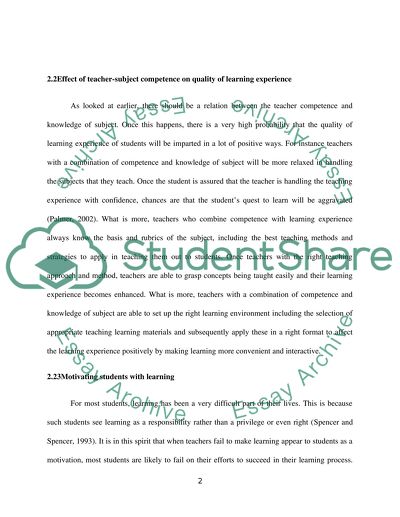Cite this document
(“Professional Specialism 1 : Primary Essay Example | Topics and Well Written Essays - 3500 words”, n.d.)
Professional Specialism 1 : Primary Essay Example | Topics and Well Written Essays - 3500 words. Retrieved from https://studentshare.org/education/1465810-professional-specialism
Professional Specialism 1 : Primary Essay Example | Topics and Well Written Essays - 3500 words. Retrieved from https://studentshare.org/education/1465810-professional-specialism
(Professional Specialism 1 : Primary Essay Example | Topics and Well Written Essays - 3500 Words)
Professional Specialism 1 : Primary Essay Example | Topics and Well Written Essays - 3500 Words. https://studentshare.org/education/1465810-professional-specialism.
Professional Specialism 1 : Primary Essay Example | Topics and Well Written Essays - 3500 Words. https://studentshare.org/education/1465810-professional-specialism.
“Professional Specialism 1 : Primary Essay Example | Topics and Well Written Essays - 3500 Words”, n.d. https://studentshare.org/education/1465810-professional-specialism.


